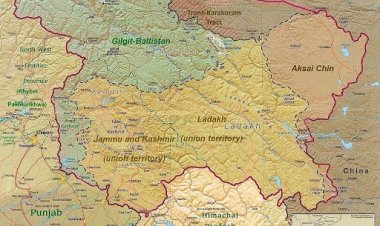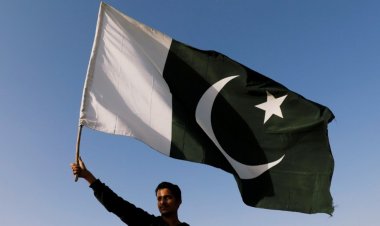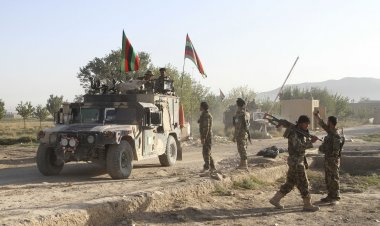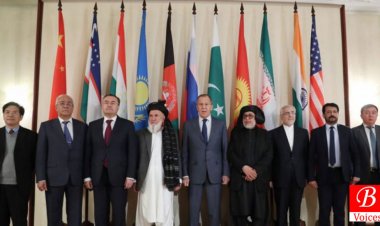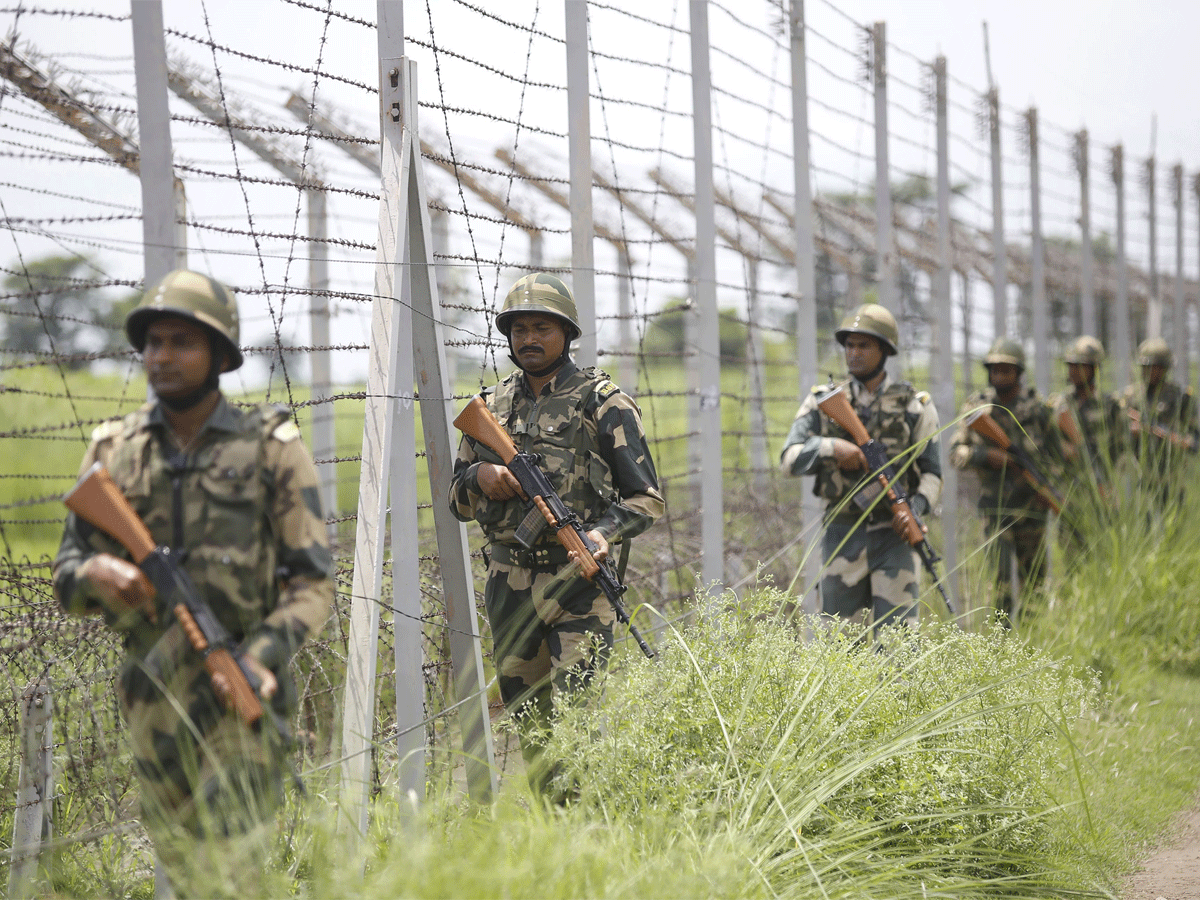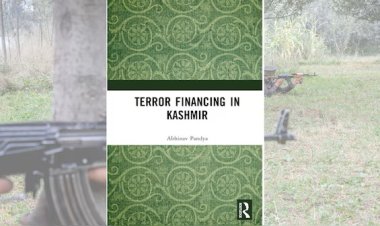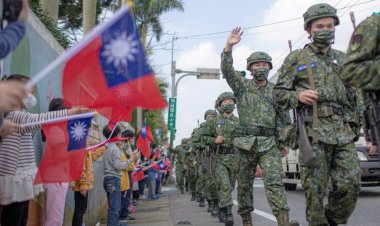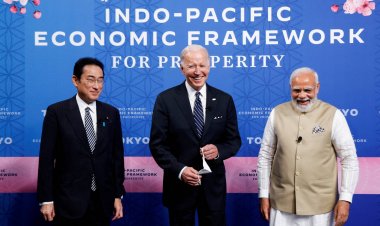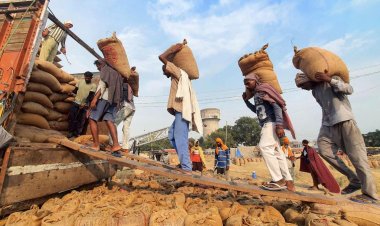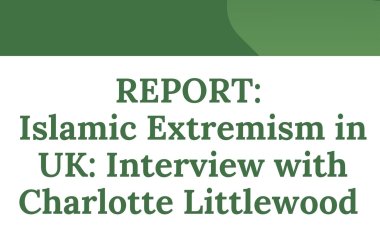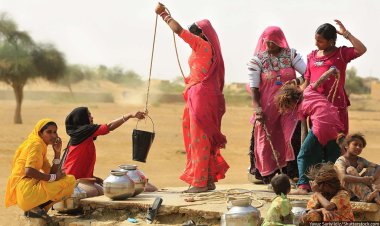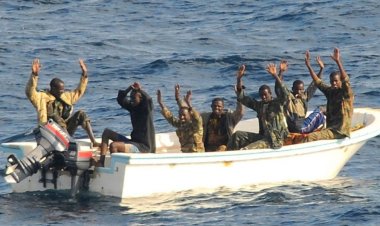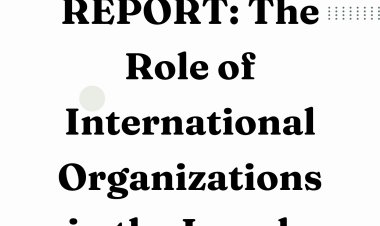Grim Future Ahead for Afghanistan Following U.S. Troop Withdrawal
The following article explores the future of Afghanistan in the wake of the withdrawal of US troops from the region. It also talks about the many state and non-state actors who are partly responsible for either building or breaking the Afghani structure which has been built so carefully over the past few decades.
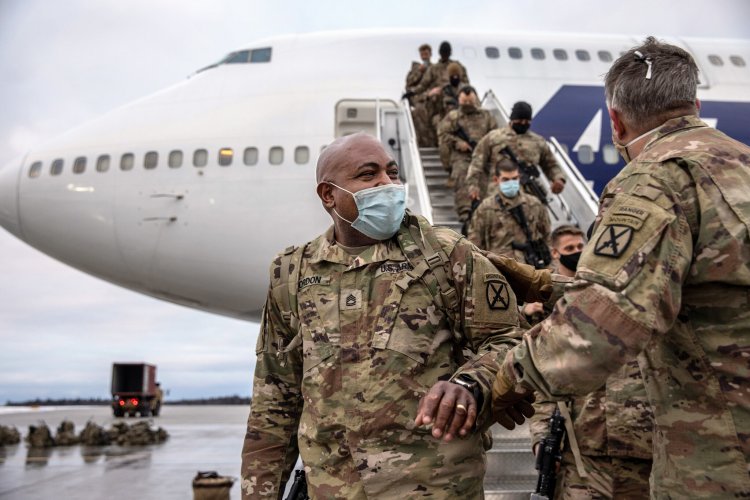
Commentary
By Samiksha Roy
As the United States approaches the September 11 deadline to withdraw American troops from Afghanistan—the country is witnessing a steady rise in terrorism and violence. According to the quarterly report released by the United Nations Mission Assistance in Afghanistan— in April 2021 alone, there was a 29 per cent increase in civilian casualties compared to the same period in 2020. More importantly, there was a 37 per cent increase in the number of women killed and injured and a 23 per cent increase in child casualties compared to the first quarter of 2020. Data collected by the New York Times suggests that 287 pro-government forces and 204 civilians have been killed in acts of violence and terrorism in May, increasing again from the already high numbers recorded in April. Even for a country like Afghanistan—which has been witnessing violence for decades now—terrorist violence has reached unprecedented levels in the last few months.
It would be a mistake to reduce the situation in Afghanistan to numbers alone. Masooma—a 17-year-old survivor of the deadly Kabul school attack which killed over 80 girls—was quoted saying: "I am scared. It will be difficult to return, but I will. I want to be a doctor to make sure that Amina's dream does not go away" after the attack; which genuinely reveals the plight of the people in Afghanistan, who remain uncertain about their future. No terror outfit has yet claimed responsibility for the attack. Still, the Islamic State- Khorasan Province (ISKP) is suspected to be behind it—given its previous record of targeting ethnic minorities in Afghanistan. This attack confirms the fears previously expressed by the many human rights activists that the domestic instability caused by the withdrawal would reverse the hard-fought gains in women and child rights in the country. Following the attack, the European Union's mission in Afghanistan tweeted, "…. targeting primarily students in a girls' school makes this an attack on the future of Afghanistan." Heather Barr, interim co-director of the women's proper division of Human Rights Watch, bluntly said that this attack "is going to push thousands of girls out of school…. it doesn't matter who did it. It doesn't matter if there's going to be more or not. It's done, and it's going to cause the harm it's going to cause." Sonia Ghenzali—a reporter, based out of Afghanistan working for Radio France Internationale —exposed the grim reality of the likelihood of violence against minorities getting much worse when the "foreign forces" leave, in an interview with an American newspaper.
Unfortunately, this attack was not the only one in recent months. A truck-bomb explosion in the Logar province on April 30 killed 27 civilians and left hundreds injured. The majority of the victims were high school students and pro-government militias. In Kabul, a bomb explosion by ISKP inside a Mosque killed 12 people and wounded 15 others.
Along with the attacks on civilians, there has been a steady increase in violence amongst the Afghan government and the Taliban forces over the question of regaining control over Afghan provinces. Taliban has been steadily increasing its area of influence. Currently, 88 districts, roughly 16 per cent of the Afghan population, are under direct Taliban control; 97 districts are under government control, and 213 districts are contested territory. The Taliban have surrounded five provincial capital cities in Afghanistan. As of February 2021, 17 of Afghanistan's 34 provinces were under direct Taliban threat. The contested provinces of Wardak and Logar—the southern gateway to Kabul— have mainly been targeted for acquiring control by the Taliban due to their strategic location, resulting in a severe rise in violence.
Taliban's strategy seems to be— first gain control over rural areas, which don't have a solid military presence and gradually move towards cities to assert control and dominance. Post-May 1—the date initially proposed for US troop withdrawal— the Taliban have increased assault on the Afghan government forces, killing soldiers and police officers and NDS officers and journalists. Due to the lack of support from the US forces, the Afghan military is finding it challenging to maintain offensive postures, leaving military posts abandoned with no reinforcements, which is being exploited by Taliban forces. They have also attacked security checkpoints and used provinces surrounding Kabul as a launchpad to attack the capital city.
ISKP—another important terror outfit operating from Afghanistan—although not as strong as the Taliban, maintains a considerable presence in certain regions. Most of their attacks are targeted against religious and ethnic minorities. The ISKP suffered considerable losses in the past few years after the US and Afghan forces launched an offensive in Nangarhar, killing many ISKP senior leaders. As of now, the terror group is operating primarily as a guerilla force, attacking selective targets under its strategy of 'economic warfare’—where it targets civilian infrastructure resulting in loss of lives and property. Although much information is not available on the operational links between Taliban and ISKP, it is feared that their shared belief in Islamist and Jihadist ideas may bring them together to collectively work towards weakening the Afghan government post the US withdrawal.
The most crucial question concerning the future of Afganistan, is the continued presence of Al-Qaeda—the primary target in the US 'war on terror' and the reason for the stationing of American troops in the country. Although the terror group's strength has significantly reduced due to US military efforts, its continued presence (albeit weak) still threatens US interests in the region. A 2020 security council report mentions that al-Qaeda's "senior leadership" is still present in Afghanistan and that the terror group maintains a covert presence in 12 of Afghanistan's 34 provinces. It also states that the Al-Qaeda and Taliban enjoy good relations and see the US withdrawal as their victory. Recently, the US defence intelligence agency report also maintained that Al-Qaeda and the Taliban maintain a close relationship. Interestingly, the report came out the same day as Mr Zalmay Khalilzad, US special representative for Afghanistan reconciliation, testified in front of the Senate Foreign Relations Committee defending the US withdrawal plan on the grounds that Al-Qaeda has degraded substantially in the country.
The global responsibility to protect Afghanistan
Washington is not backtracking from its withdrawal plans. Recently, the US state department confirmed this, and president Biden justified it. US Secretary of State Antony Blinken explained the rationale behind this decision stating that "…we have other very important items on our agenda, including the relationship with China, including dealing with everything from climate change to Covid. And that's where we have to focus our energy and resources." The United States wants to end America's "Forever War" because of the state of new challenges confronting the US, the 'diminished' threat of terror groups, financial strain on the American economy due to the continued maintenance of troops, domestic pressure from the American public etc. The best-case scenario would be that the Afghan government and the Taliban agreeing on a power-sharing arrangement, although its possibility remains highly unlikely. US troop presence did deter, if not defeat, the terror groups in Afganistan. Even though Washington will continue to engage with the parties in Afghanistan diplomatically, its military withdrawal indirectly legitimizes the intentions and methods of the terror groups. The Taliban is already employing Afghan youth using the 'victory' rhetoric, and with increasing discontent with the Afghan government, they will likely find it much easier to assert control.
We must remember that US troop withdrawal does not mean the end of terrorism in the country. The world cannot afford to abandon Afghanistan at its most crucial time. The international community must assist and strengthen the Afghan government to ensure the Taliban does not monopolize power. More importantly, the hard-earned small victories that women and minorities have gained in Afghanistan over the years must be protected at any cost to prevent the country from falling into an irreversible abyss.
Samiksha Roy is a Research Assistant with Usanas Foundation.
Disclaimer: This article is the author's individual scholastic contribution and does not necessarily reflect the organisation's viewpoint.

